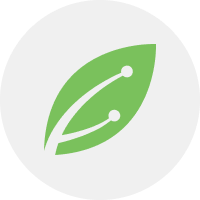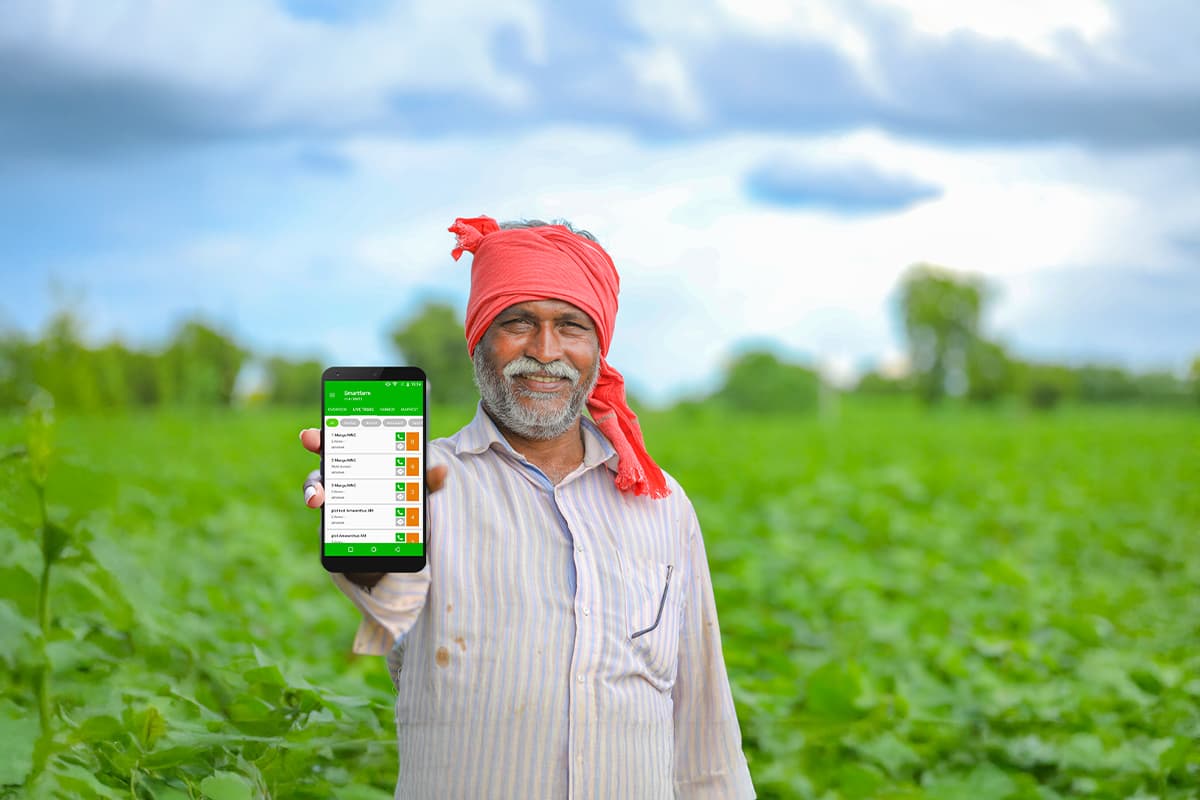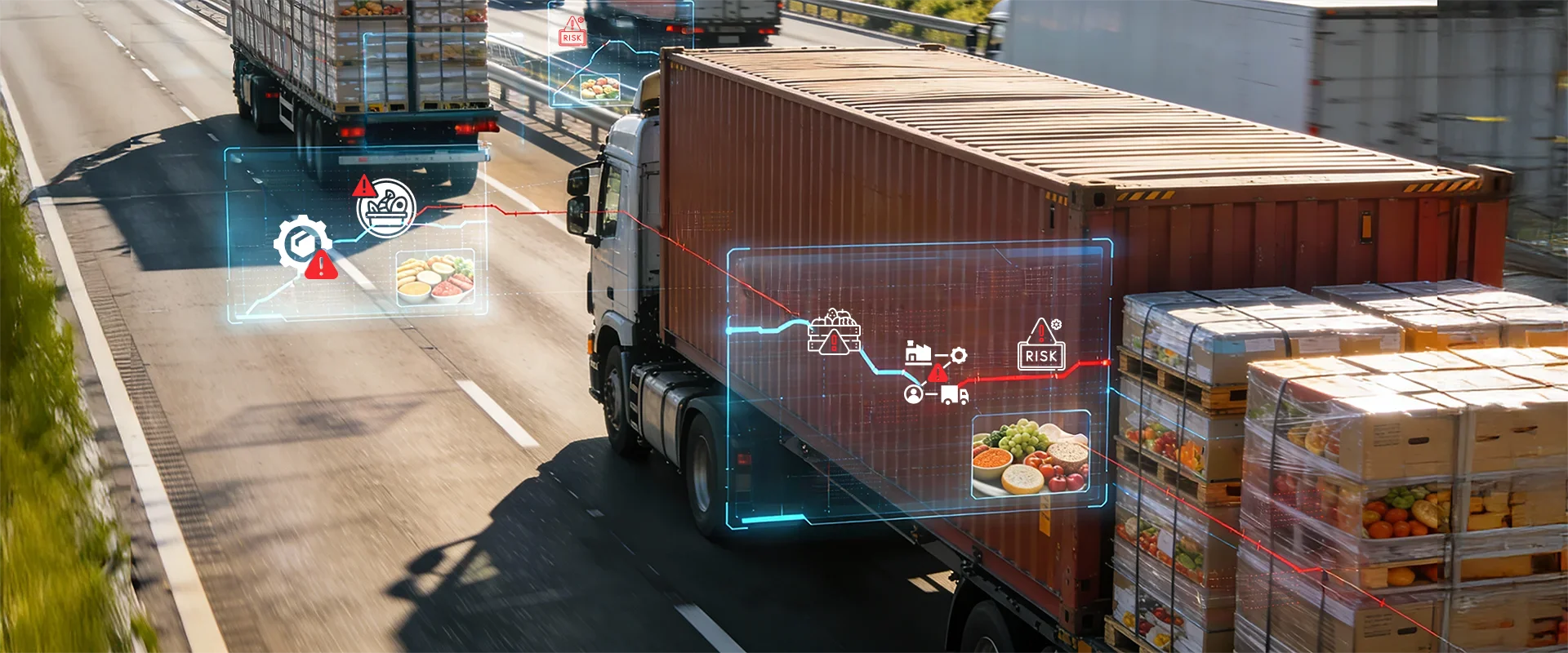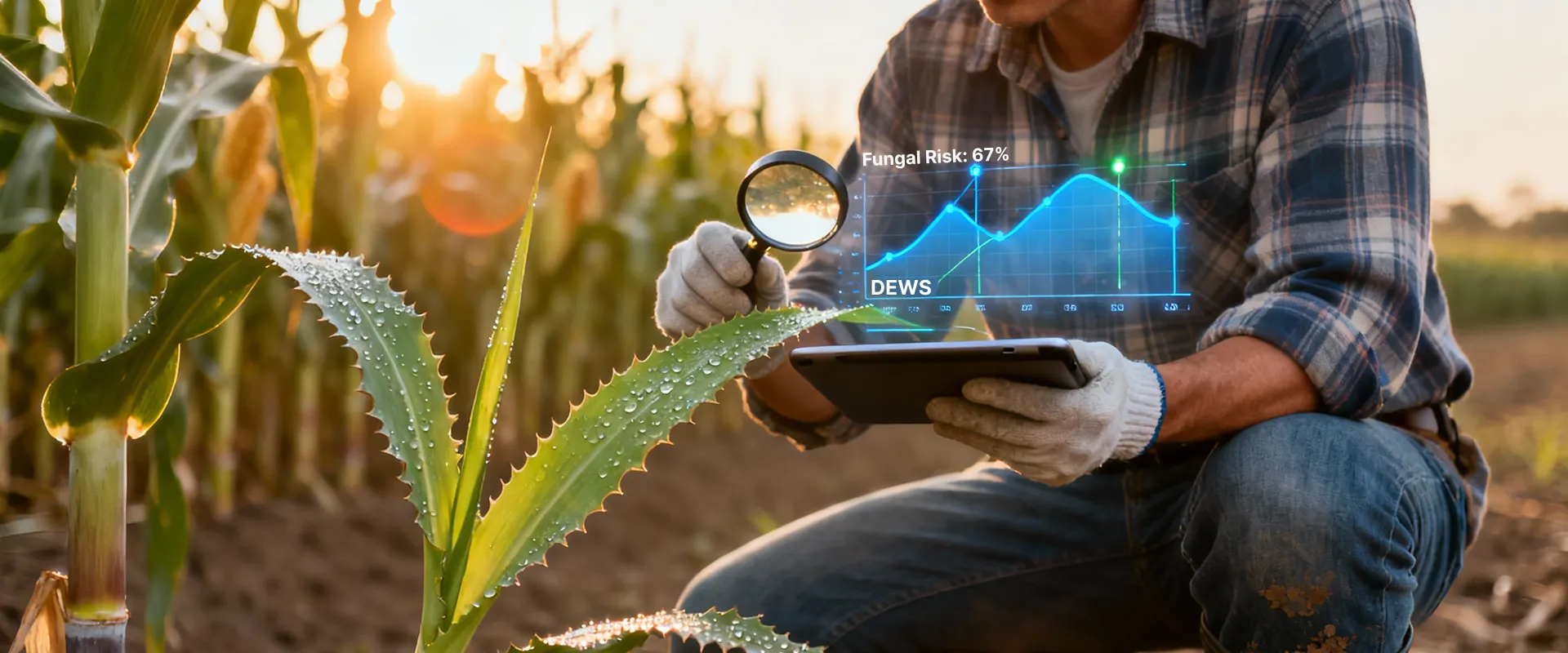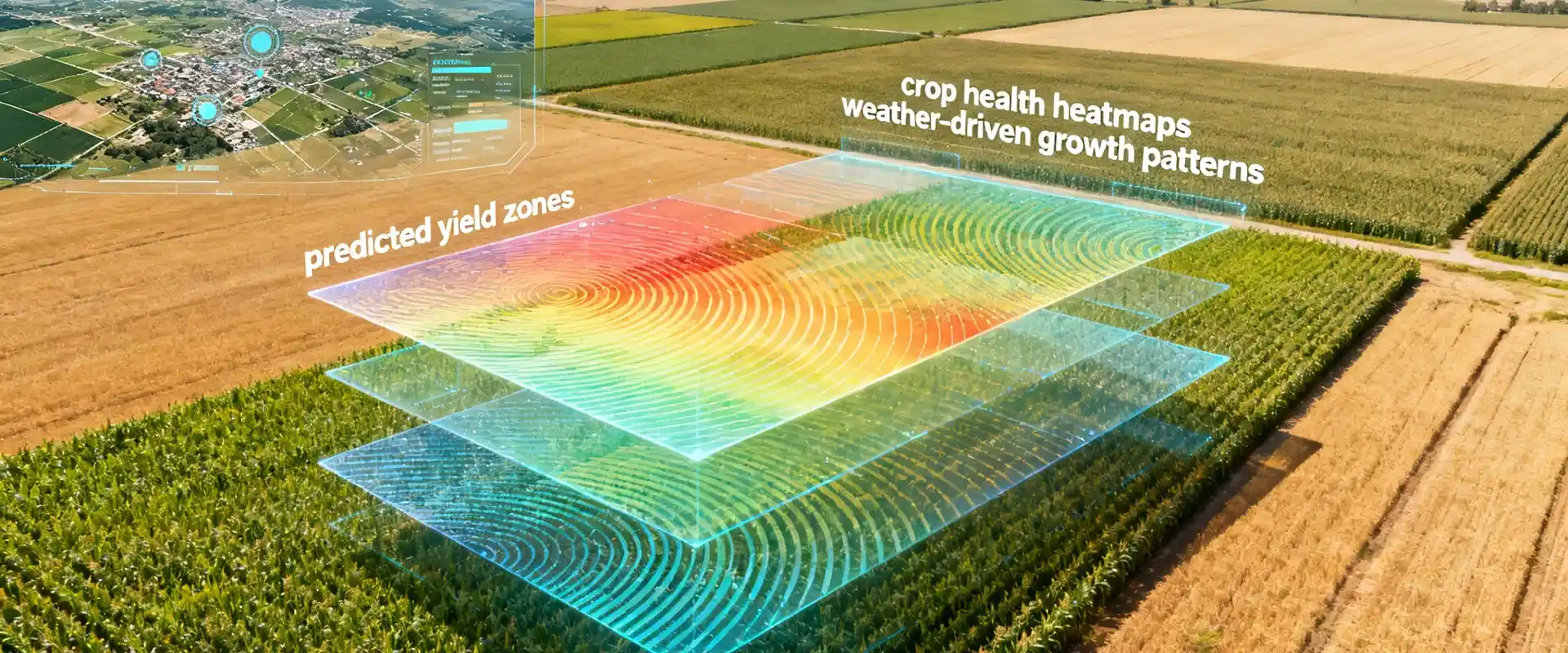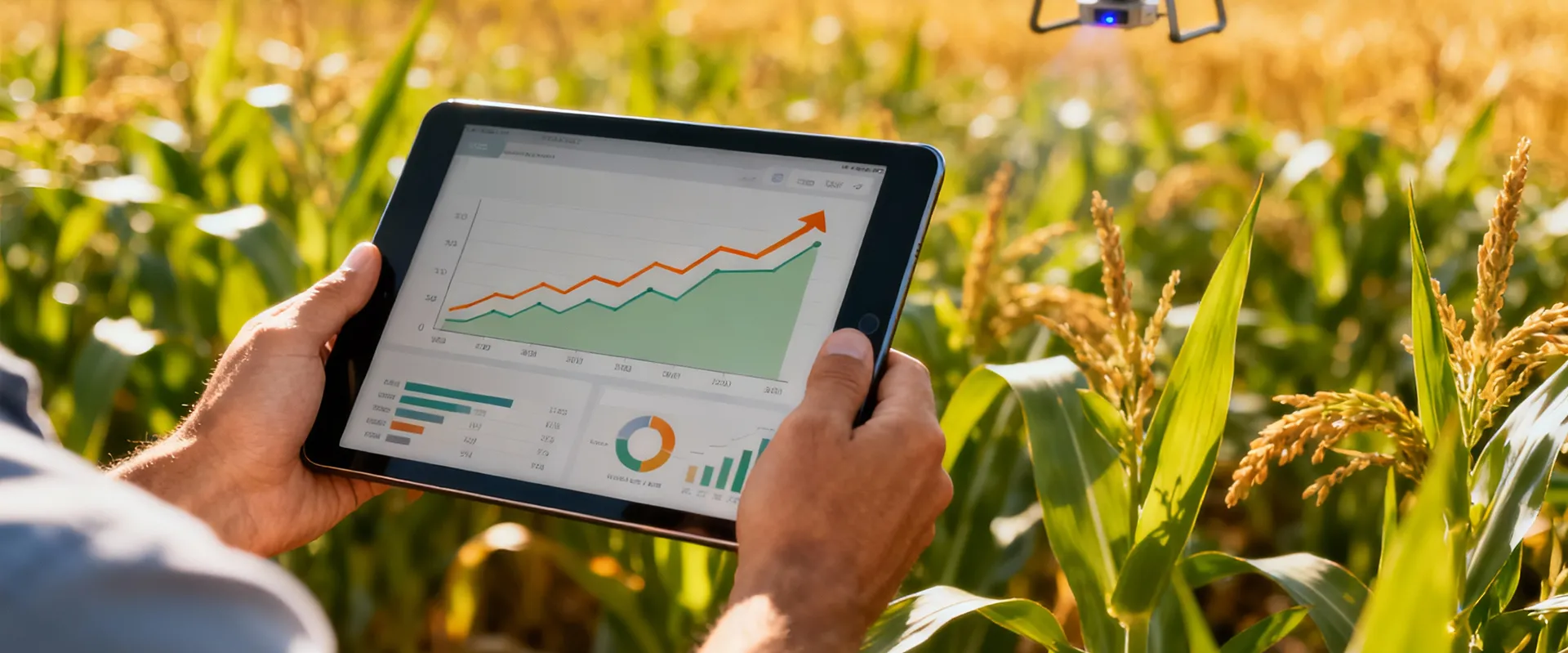Data - the new oil of the 21st century
To give it more context, Michael Palmer, the executive vice president of the Association of National Advertisers, wrote in his blog that much like oil, data is crude. Although valuable, it cannot be used unless refined and processed into a gas, plastic, or other chemicals that drive profitable activity. In essence, data must be broken down and analyzed for it to have value.
Their observations hold true even after all these years. Agriculture 4.0 has paved the way for digital farming to create meaningful value from data and derive actionable intelligence to increase farm productivity, optimize costs, and mitigate both business and production risks.
But how do you mine this data and analyze the information to get the insights you need?
Benefits of data collection using modern technologies in agriculture
Digital farming apps are a grower’s best ally to capture farm data effectively. Here’s why:
- Ease of use : Using mobile apps eliminates cumbersome paperwork and ensures uniforming and standardization of data collection.
- Data quality: Capturing data on paper makes it prone to human error and data loss. In contrast, digital data can be stored effortlessly and inexpensively, duplicated, and backed up. Data processing and auditing also happen much faster, which minimizes errors.
- Increased efficiency : Digital data collection improves both speed and efficiency by reducing the time needed to capture the data, analyze it, and produce results.
- mproved visibility: Smartphone apps often store data in a centralized cloud, which means near-real-time access to data for all stakeholders and, consequently, improved transparency and visibility of the data.
- Using seed variants resilient to climate shifts
- Data security: A strong password or setting up fingerprint or face recognition offers keeps the data in a smartphone safe from unauthorized access. Further, a cloud database offers the additional advantage of data encryption and other measures for secure access and reduced risk of data leaks.
A quick guide to data collection using Cropin
1. Creating farmer and farm profiles
The new paradigm: proactive intelligence and strategic sourcing
2. Geo-tagging & area auditing
3. Customizable interfaces
4. Integrations
5. Project planning
6. Tasks
7. Package of Practices (PoP)
One of the components of crop production that we need to emphasize here is establishing the package of practices (PoP) or the book of practices (BoP) for a crop variety. To obtain the highest quantity and quality of yield, growers need to ensure the right growing conditions for the plants. With our farm ERP platform, you can configure scheduled (time-bound) or unscheduled PoP for each crop variety based on recommendations from agronomists, to include the following activities:
- Pre-sowing (seed treatment, seed cutting, transplanting, etc.)
- Sowing
- Application of fertilizers and other inputs
- Crop protection
- Measuring MRL (maximum residue level) and PHI (preharvest interval)
- QA or QC
There is an added advantage to tracking PoP digitally. It enables agribusiness to ensure compliance with quality certification and export requirements. The captured field data can be used to track and regulate critical parameters that impact quality, such as input application, pesticide residues, alerts raised and resolved (if any) during cultivation, and other specific compliance regulations, such as organic cultivation. The same information also enables farm-to-shelf traceability and transparency, allowing customers to deepen their trust in the brand. You can read more about this here.
8. Forms
- Forms is a powerful data collection tool that allows users to build surveys and feedback forms effortlessly. Think of it as a Google Form but more tailored for farm operations to obtain structured and organized intelligence from the field.
- Create forms for every occasion and get data inputs such as text or numbers, drop-downs, images, files, or a signature. It helps capture data against specific entities, including farmers, crops, regions, alerts, events, and plans, among others. If users need options other than the in-build ones, there are also custom fields for data capturing based on the user requirements.
- A simple example of how a form can be used is data collection during the farmer onboarding process. When creating the digital profile, field agents can use a pre-configured form to collect the personal information of the farmer. It can include name, address, phone number, identification number, photograph, and any other information that the business might need for its records. The form can also be customized to capture carbon scores by tracking practices for cover crop, biochar, organic farming, chemical application, and machinery usage.
